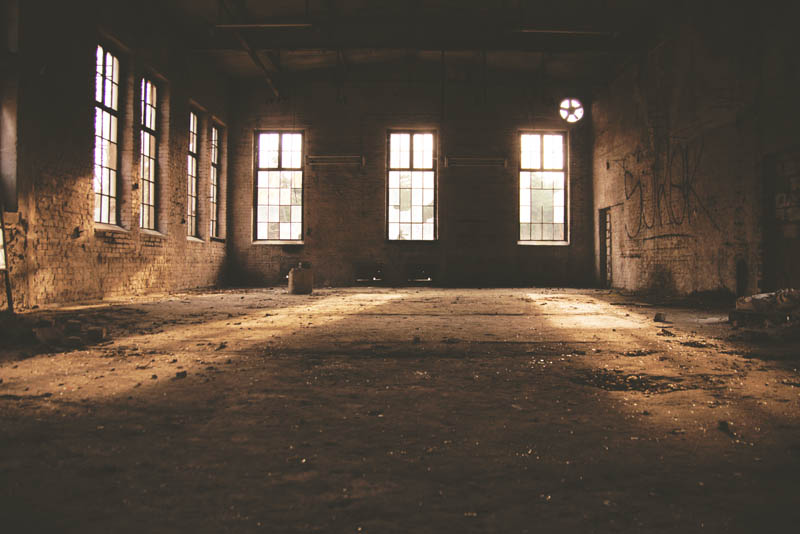
For years, asbestos was used in practically everything: walls, insulations, fabrics, toys, flooring, ceilings, etc. It was the go-to product in many things – especially if you were looking to fireproof something. Asbestos is, after all, a naturally occurring fibrous mineral with minimal heat conductivity.
Consumers and workers were often convinced that the mineral was safe (since manufacturers put it in so many products), but studies later revealed that people were developing diseases from asbestos entering the lungs and often resulting in death.
Was there anything done to prevent asbestos-related diseases and death? Here’s what you should know:
The continued use of asbestos in the United States
In 1973, asbestos was banned to a certain degree. However, in 1989, this ban was overturned, costing billions in asbestos litigation.
Today, asbestos is still used in products but is severely restricted in quantity and in application. While these restrictions may help prevent future disease and death, the damage may have already been dealt with, leaving many homes and products left with traces of asbestos.
The risks of asbestos use
Because asbestos was commonly used in housing development, renovations to a home may cause workers to be exposed to asbestos dust in the air. This may be a serious problem for many homes that have stood for generations.
Once inhaled, asbestos can cause cancer-like diseases in the lungs, ovaries and larynx. Asbestos left in the lungs may cause inflammation and tissue scarring. Early symptoms of asbestos exposure could develop into life-long health concerns and result in death.
If you find you were a victim of asbestos exposure, causing you life-threatening issues, then you may need to know your options when looking to recover from your medical bills.
